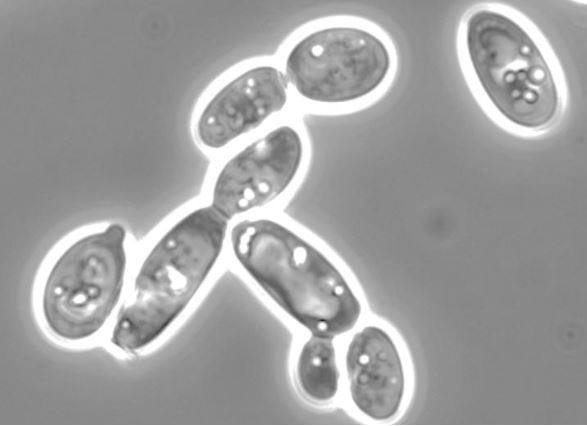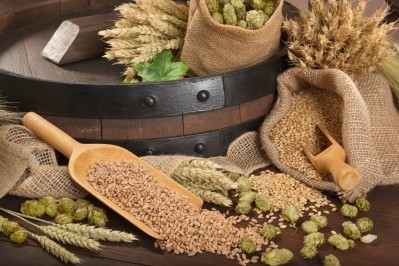EC adds protein-rich yeast biomass to the Novel Foods catalogue

The decision concludes the application made by Polish company Skotan, which requested the maximum use levels to be set at three grams per day (g/day) for children from three to nine years of age.
The EC also deems a maximum level of six g/day for children from 10 years of age, adolescents and general adult population as safe.
Further details of the decision instruct the designation of the novel food on the labelling of the foodstuffs containing it as “Yarrowia lipolytica yeast heat-killed biomass.”’
The decision follows a series of positive findings made by The European Food and Safety Authority (EFSA), which declared Y. lipolytica yeast as safe for use back in February this year.
“The production process, basically fermentation followed by washing and drying of the yeast, includes a heat‐killing step of the yeast at high temperatures, resulting in the absence of viable Y. lipolytica cells in the NF,” EFSA’s scientific opinion stated.
“The Panel considers that the production process is sufficiently described and does not raise safety concerns.”
Y. lipolytica-based supplements
Although the bulk of Skotan’s interest lie in the animal feed industry, the firm are currently developing dietary supplements, based on the Y. lipolytica A-101 yeast strain.
According to the firm, the work will aim to combine micronutrients, vitamins and exogenous amino acids, based on biomass obtained from the yeast strain in the form of powder, tablets and oral capsules.
Further active substances contained within these supplements include L-carnitine, vitamins B6 , biotin, folic acid and B 12 and micronutrients (Zn, Se, Mg, K, Ca, Cr, Fe, Cu).
Y. lipolytica has been isolated from the environment (i.e. soil and water) as well as from foods high in fat and protein such as ripening meat and dairy products like cheese.
Its makeup consists primarily of proteins (about 45–55 grams (g)/100 g) and dietary fibre (about 25 g/100 g).
This fibre is mainly composed of beta‐glucans, complex polysaccharides that form part of the cell walls of yeasts and cereals.
The fat content in the NF is about 7–10 g/100 g, the majority being mono‐ and polyunsaturated fatty acids.















